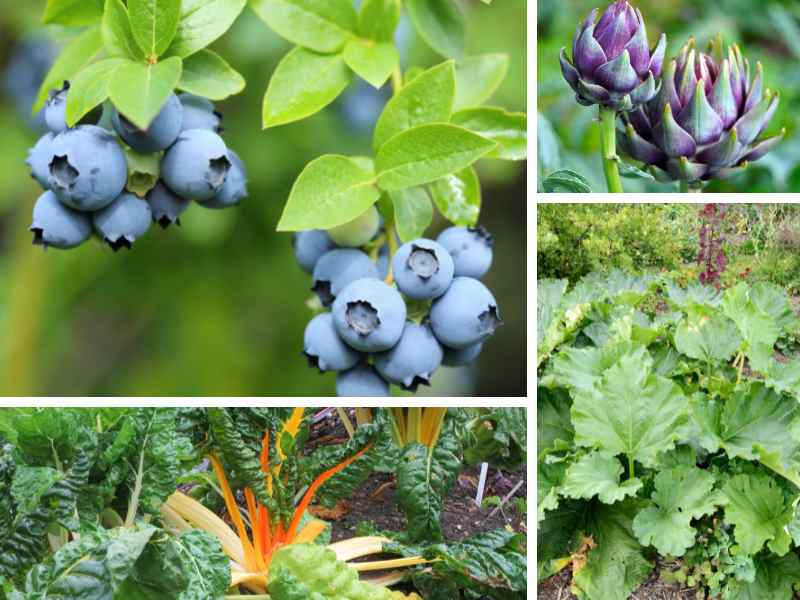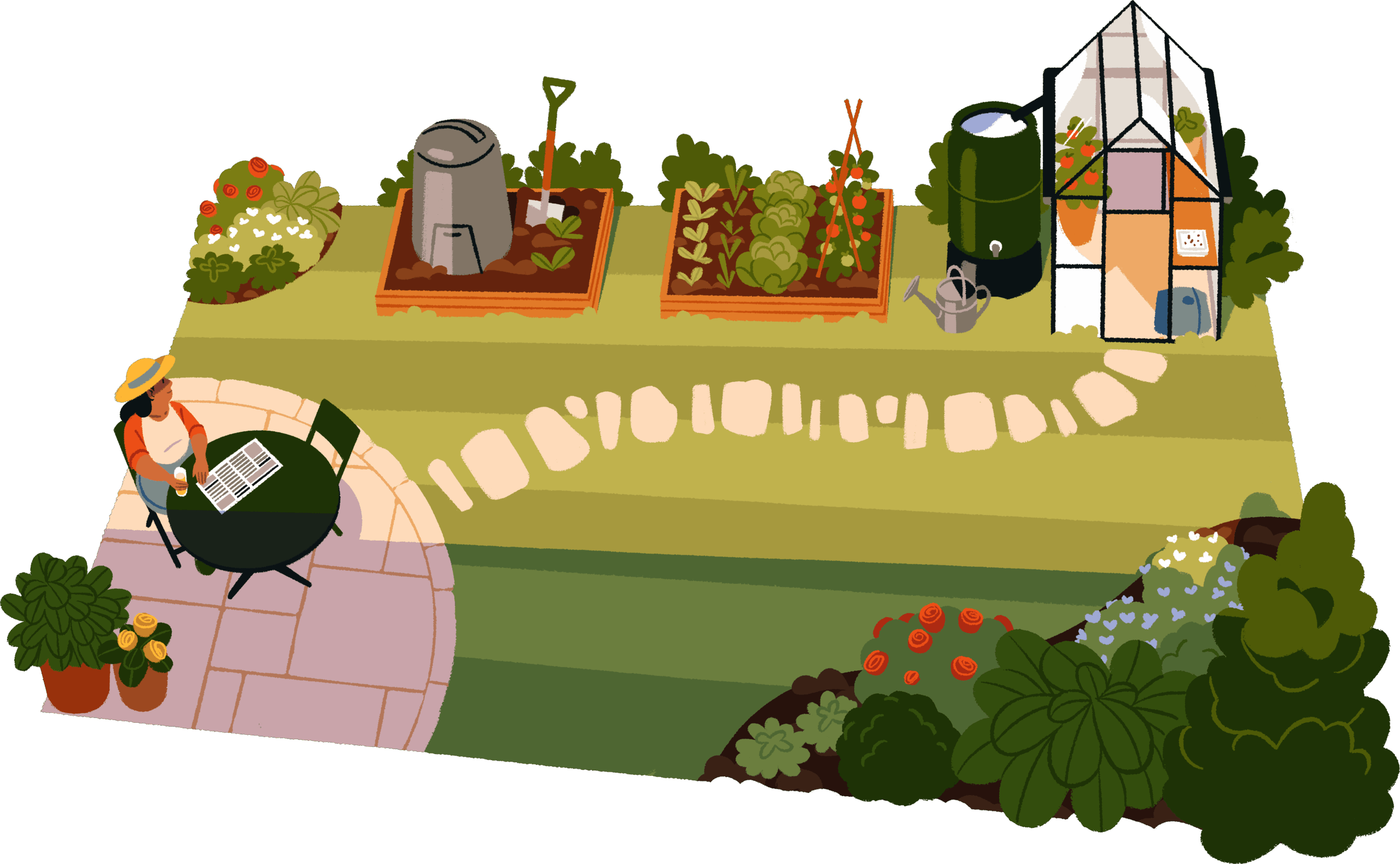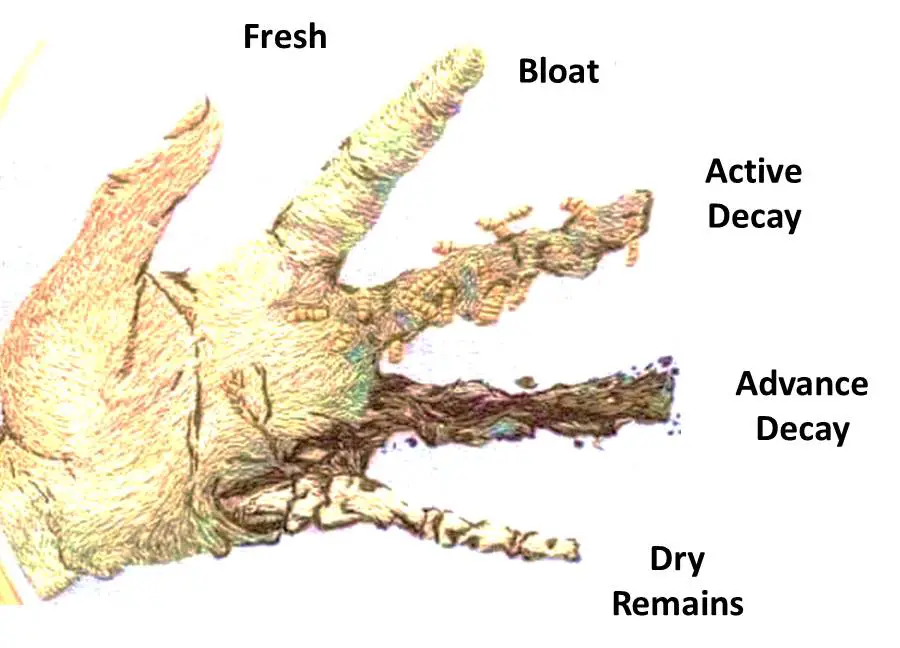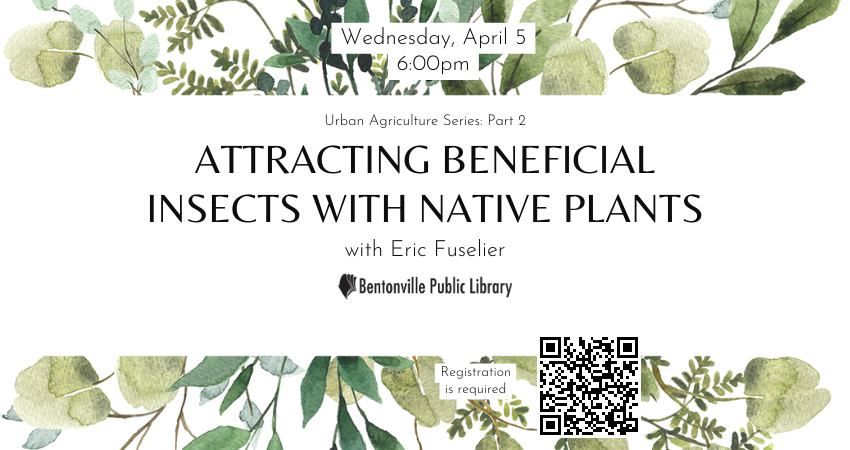
Introduction: Embracing the Perennial Edible Landscape
Imagine stepping into your backyard and being greeted not just by the beauty of flowers and greenery, but also by a bounty of fresh, delicious, and nutritious food. This is the promise of a perennial edible landscape – a garden designed to provide a continuous harvest year after year, with minimal replanting and maximum ecological benefit. Unlike annual gardens, which require constant tilling and sowing, perennial edible landscapes rely on plants that live for multiple years, establishing deep roots, improving soil health, and creating a haven for beneficial insects and wildlife. It’s about shifting from a mindset of constant work to one of collaboration with nature, creating a self-sustaining ecosystem that nourishes both body and soul.
The allure of perennial edible landscaping goes beyond mere food production. It’s about building resilience in the face of climate change, reducing our reliance on industrial agriculture, and connecting with the natural world in a meaningful way. By choosing the right plants and designing our landscapes with care, we can create beautiful, productive spaces that enhance our lives and contribute to a more sustainable future. This guide is your roadmap to designing, planting, and maintaining a thriving perennial edible landscape, tailored to your specific climate and needs.
Why Choose Perennial Edibles? The Benefits Unveiled
Before diving into specific plant choices, let’s explore the myriad benefits of incorporating perennial edibles into your landscape:
- Sustainability: Perennial plants require less tilling, reducing soil erosion and carbon emissions. Their established root systems also help to sequester carbon in the soil, mitigating climate change.
- Reduced Maintenance: Once established, perennial plants require less watering, fertilizing, and weeding than annuals. This frees up your time and resources for other gardening tasks or simply enjoying your landscape.
- Improved Soil Health: The deep roots of perennial plants help to improve soil structure, aeration, and water infiltration. They also contribute organic matter to the soil as they decompose, enriching it with nutrients.
- Enhanced Biodiversity: Perennial edible landscapes attract a wide range of beneficial insects, pollinators, and wildlife, creating a more diverse and resilient ecosystem.
- Continuous Harvest: Many perennial edible plants provide a continuous harvest throughout the growing season, ensuring a steady supply of fresh, healthy food.
- Aesthetic Appeal: Perennial edible plants can be just as beautiful as ornamental plants, adding color, texture, and visual interest to your landscape.
- Cost-Effectiveness: While the initial investment in perennial plants may be higher than annuals, they pay for themselves over time by reducing the need for replanting and other inputs.
Designing Your Perennial Edible Landscape: Key Considerations
Creating a successful perennial edible landscape requires careful planning and consideration of several key factors:
1. Climate and Microclimate: Know Your Growing Zone
The first step in designing your perennial edible landscape is to understand your climate and microclimate. Your USDA plant hardiness zone will determine which plants are likely to survive and thrive in your area. However, microclimates within your garden can also significantly impact plant performance. South-facing walls, for example, tend to be warmer than north-facing walls, creating opportunities for growing plants that are marginally hardy in your zone. Consider the amount of sunlight your garden receives, the prevailing winds, and the soil type when selecting plants.
2. Soil Analysis: Understanding Your Foundation
Healthy soil is the foundation of any successful garden. Before planting, it’s essential to analyze your soil to determine its pH, nutrient content, and texture. A soil test can reveal deficiencies or imbalances that need to be addressed before planting. Amend your soil with compost, manure, or other organic matter to improve its fertility and drainage. Pay attention to the soil’s ability to retain moisture, as this is crucial for perennial plants that need to withstand dry periods.
3. Sunlight: Providing Adequate Illumination
Most edible plants require at least six hours of sunlight per day to thrive. Observe your garden throughout the day to determine which areas receive the most sunlight. Consider the shadows cast by trees, buildings, and other structures. Choose plants that are appropriate for the amount of sunlight available in each area of your garden. Some plants, such as shade-tolerant herbs and leafy greens, can thrive in partial shade.
4. Water Availability: Ensuring Adequate Hydration
Water is essential for plant growth and survival. Assess your water availability and plan your irrigation system accordingly. Consider using drip irrigation or soaker hoses to deliver water directly to the roots of your plants, minimizing water waste. Rainwater harvesting is another excellent way to conserve water and provide a sustainable source of irrigation for your garden. Group plants with similar water needs together to simplify watering.
5. Space Planning: Maximizing Your Garden’s Potential
Carefully plan the layout of your perennial edible landscape to maximize its potential. Consider the mature size of each plant and space them accordingly. Taller plants should be placed at the back of the garden to avoid shading smaller plants. Group plants with similar needs together to simplify maintenance. Create pathways and seating areas to make your garden accessible and enjoyable.
6. Design Principles: Creating a Harmonious Landscape
Incorporate basic design principles to create a visually appealing and functional landscape. Consider the principles of balance, proportion, rhythm, and unity. Use a variety of colors, textures, and forms to create visual interest. Repeat certain elements throughout the garden to create a sense of rhythm and harmony. Ensure that your garden is visually appealing in all seasons, even in winter.
Top Perennial Edible Plants for Your Landscape: A Comprehensive Guide
Now, let’s explore some of the best perennial edible plants for your landscape, categorized by their function and growing requirements:
Fruits: Sweet Rewards for Your Patience
- Strawberries (Fragaria spp.): These beloved berries are easy to grow and produce abundant harvests. Choose everbearing varieties for a continuous supply of fruit throughout the growing season. Plant them in well-drained soil in a sunny location.
- Blueberries (Vaccinium spp.): Blueberries require acidic soil and full sun. Choose varieties that are adapted to your climate. Amend your soil with peat moss or sulfur to lower the pH.
- Raspberries (Rubus idaeus): Raspberries are relatively easy to grow and produce delicious berries. Choose everbearing or summer-bearing varieties. Prune them annually to maintain their productivity.
- Grapes (Vitis vinifera): Grapes require full sun and well-drained soil. Choose varieties that are resistant to common diseases. Provide a trellis or arbor for them to climb on.
- Apples (Malus domestica): Apple trees require full sun and well-drained soil. Choose varieties that are adapted to your climate. Prune them annually to maintain their shape and productivity. Consider planting multiple varieties for cross-pollination.
- Pears (Pyrus communis): Pear trees are similar to apple trees in their growing requirements. Choose varieties that are resistant to fire blight. Prune them annually to maintain their shape and productivity.
- Cherries (Prunus spp.): Cherry trees require full sun and well-drained soil. Choose varieties that are adapted to your climate. Prune them annually to maintain their shape and productivity.
- Plums (Prunus domestica): Plum trees are similar to cherry trees in their growing requirements. Choose varieties that are resistant to common diseases. Prune them annually to maintain their shape and productivity.
- Elderberries (Sambucus canadensis): Elderberries are easy to grow and produce abundant clusters of berries. They prefer moist soil and partial shade. Use the berries to make jams, jellies, and wines.
- Serviceberries (Amelanchier spp.): Serviceberries are small trees or shrubs that produce delicious berries. They are adaptable to a wide range of soil conditions and prefer full sun to partial shade.
Vegetables: Nutritious and Delicious Greens
- Asparagus (Asparagus officinalis): Asparagus is a long-lived perennial vegetable that produces delicious spears in the spring. Plant it in well-drained soil in a sunny location.
- Rhubarb (Rheum rhabarbarum): Rhubarb is a cold-hardy perennial vegetable that produces tart stalks. Plant it in well-drained soil in a sunny location.
- Artichokes (Cynara scolymus): Artichokes are a Mediterranean vegetable that thrives in warm climates. Plant them in well-drained soil in a sunny location.
- Egyptian Walking Onions (Allium proliferum): These unique onions produce small bulbils at the top of their stalks, which can be used for planting or eating. They are very hardy and easy to grow.
- Good King Henry (Blitum bonus-henricus): This leafy green vegetable is a relative of spinach and quinoa. It is easy to grow and produces abundant harvests.
- Sea Kale (Crambe maritima): This hardy vegetable produces edible leaves, stems, and flower buds. It is tolerant of salty soils and coastal conditions.
Herbs: Aromatic and Flavorful Additions
- Mint (Mentha spp.): Mint is a vigorous perennial herb that is easy to grow. Plant it in a container to prevent it from spreading aggressively.
- Chives (Allium schoenoprasum): Chives are a versatile perennial herb that can be used to flavor a variety of dishes. They are easy to grow and produce attractive purple flowers.
- Oregano (Origanum vulgare): Oregano is a flavorful perennial herb that is essential for Italian cooking. Plant it in well-drained soil in a sunny location.
- Thyme (Thymus vulgaris): Thyme is a low-growing perennial herb that is perfect for edging pathways or planting in rock gardens. It is drought-tolerant and prefers well-drained soil.
- Rosemary (Salvia rosmarinus): Rosemary is a fragrant perennial herb that is commonly used in Mediterranean cuisine. Plant it in well-drained soil in a sunny location. It is not cold-hardy in all climates.
- Lavender (Lavandula spp.): Lavender is a fragrant perennial herb that is prized for its beautiful flowers and calming scent. Plant it in well-drained soil in a sunny location.
- Sage (Salvia officinalis): Sage is a flavorful perennial herb that is commonly used in savory dishes. Plant it in well-drained soil in a sunny location.
- Lemon Balm (Melissa officinalis): Lemon balm is a fragrant perennial herb that has a citrusy scent. Plant it in a container to prevent it from spreading aggressively.
Nuts and Seeds: A Sustainable Source of Protein
- Hazelnuts (Corylus spp.): Hazelnut trees are relatively easy to grow and produce delicious nuts. They require well-drained soil and full sun.
- Walnuts (Juglans spp.): Walnut trees are large and require a lot of space. They produce delicious nuts and valuable timber.
- Chestnuts (Castanea spp.): Chestnut trees are long-lived and produce delicious nuts. They require well-drained soil and full sun.
- Sunflower (Helianthus annuus – Perennial Varieties): While most sunflowers are annuals, some perennial varieties exist. These provide a continuous supply of seeds for eating and attract beneficial insects.
Roots and Tubers: Underground Treasures
- Jerusalem Artichokes (Helianthus tuberosus): Also known as sunchokes, these plants produce edible tubers that taste similar to artichokes. They are easy to grow but can be invasive.
- Oca (Oxalis tuberosa): Oca is a South American tuber that is grown for its edible tubers and leaves. It is relatively easy to grow and produces abundant harvests.
- Yacon (Smallanthus sonchifolius): Yacon is another South American tuber that is grown for its sweet, crunchy tubers. It is relatively easy to grow and produces abundant harvests.
Planting and Maintenance: Nurturing Your Perennial Edible Landscape
Once you’ve selected your plants and designed your landscape, it’s time to plant and maintain your garden. Here are some essential tips:
Planting: Giving Your Plants a Strong Start
- Choose the right time to plant: The best time to plant perennial plants is in the spring or fall when the weather is cool and moist.
- Prepare the soil: Amend your soil with compost, manure, or other organic matter to improve its fertility and drainage.
- Dig a hole that is twice as wide as the root ball: This will allow the roots to spread easily.
- Gently remove the plant from its container: Tease out any circling roots.
- Place the plant in the hole: Make sure the top of the root ball is level with the surrounding soil.
- Fill the hole with soil: Gently firm the soil around the plant.
- Water thoroughly: This will help to settle the soil and encourage root growth.
Mulching: Protecting Your Plants and Soil
- Apply a layer of mulch around your plants: Mulch helps to retain moisture, suppress weeds, and regulate soil temperature.
- Use organic mulches such as wood chips, straw, or shredded leaves: These mulches will decompose over time, adding nutrients to the soil.
- Avoid using synthetic mulches such as plastic: These mulches can prevent water from reaching the soil and can harm beneficial soil organisms.
Watering: Providing Adequate Hydration
- Water your plants regularly: The frequency of watering will depend on the climate, soil type, and plant species.
- Water deeply and infrequently: This will encourage deep root growth.
- Avoid overwatering: Overwatering can lead to root rot.
- Use drip irrigation or soaker hoses: These methods deliver water directly to the roots of your plants, minimizing water waste.
Fertilizing: Nourishing Your Plants
- Fertilize your plants regularly: The frequency of fertilizing will depend on the plant species and the fertility of your soil.
- Use organic fertilizers such as compost, manure, or bone meal: These fertilizers release nutrients slowly and are less likely to burn your plants.
- Avoid using synthetic fertilizers: These fertilizers can be harmful to soil organisms and can pollute waterways.
Pruning: Maintaining Shape and Productivity
- Prune your plants annually: Pruning helps to maintain their shape, remove dead or diseased branches, and encourage fruit production.
- Use sharp pruning shears or loppers: This will ensure clean cuts that heal quickly.
- Prune at the right time of year: The best time to prune most perennial plants is in the late winter or early spring before new growth begins.
Pest and Disease Management: Protecting Your Harvest
- Monitor your plants regularly for pests and diseases: Early detection is key to preventing serious problems.
- Use organic pest control methods whenever possible: These methods are less harmful to beneficial insects and the environment.
- Remove diseased plants promptly: This will prevent the disease from spreading to other plants.
- Choose disease-resistant varieties: This is the best way to prevent disease problems.
Extending the Harvest: Season Extension Techniques
To maximize your harvest, consider using season extension techniques to protect your plants from frost and extend the growing season:
- Cold Frames: Simple structures that protect plants from frost and cold temperatures.
- Row Covers: Lightweight fabrics that cover plants and provide insulation.
- Greenhouses: Enclosed structures that provide a controlled environment for growing plants year-round.
- High Tunnels: Larger versions of cold frames that can be used to grow a wider variety of crops.
Integrating Perennial Edibles into Existing Landscapes
You don’t need to start from scratch to incorporate perennial edibles into your landscape. Here are some ways to integrate them into existing gardens and landscapes:
- Underplant trees and shrubs with shade-tolerant herbs and vegetables: This is a great way to utilize space under existing trees and shrubs.
- Add edible flowers to your flower beds: Edible flowers add color and interest to your flower beds and can be used in salads and other dishes.
- Replace ornamental shrubs with edible shrubs: This is a great way to add food production to your landscape without sacrificing aesthetics.
- Create a dedicated herb garden: Herb gardens are a great way to grow a variety of herbs in a small space.
The Future of Food: Perennial Edible Landscapes as a Sustainable Solution
Perennial edible landscapes are more than just gardens; they are a sustainable solution to many of the challenges facing our food system. By reducing our reliance on annual crops, we can reduce soil erosion, conserve water, and enhance biodiversity. By growing our own food, we can reduce our carbon footprint and connect with the natural world. As we face the challenges of climate change and food security, perennial edible landscapes offer a promising path towards a more sustainable and resilient future.
Conclusion: Cultivating a Sustainable Future, One Perennial at a Time
Creating a perennial edible landscape is an investment in your health, your environment, and your future. It’s a journey of discovery, experimentation, and collaboration with nature. By choosing the right plants, designing your landscape with care, and following the principles of sustainable gardening, you can create a beautiful, productive space that nourishes both body and soul. Embrace the challenge, enjoy the process, and reap the rewards of a thriving perennial edible landscape. Start small, learn as you go, and watch your garden grow into a sustainable source of food and beauty for years to come. The journey to a more sustainable food future starts in your own backyard, one perennial plant at a time.



